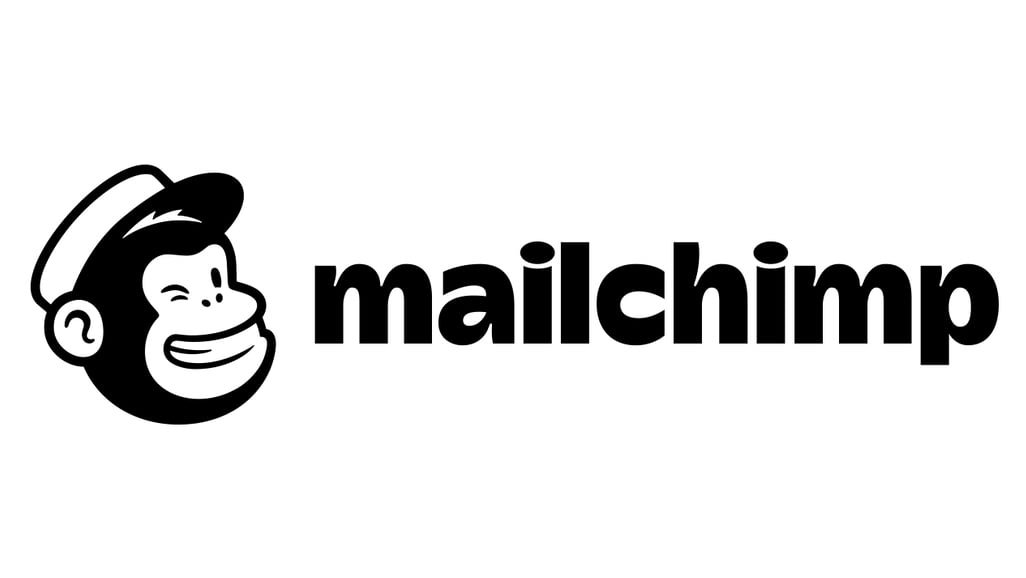Mailchimp vs ConvertKit for Powerful Automation in 2025 -Which One is Better?
Table of Contents
Introduction
Mailchimp vs ConvertKit for Powerful Automation to see which platform delivers the best results.Explore automation, ease of use, and integrations email automation is a crucial component that helps businesses streamline communication, nurture leads, and increase conversions. Automation allows companies to send targeted emails based on user actions, ensuring personalized engagement at scale.
Mailchimp and ConvertKit are two of the most popular email marketing platforms, both offering robust automation features. While Mailchimp has long been an industry staple, ConvertKit has emerged as a strong competitor, particularly among content creators and small businesses. This comparison examines their automation capabilities, helping you determine which platform best suits your needs.
Understanding Email Automation in Marketing
What is Email Automation and How Does It Work?
Email automation refers to the process of sending emails to subscribers based on predefined triggers or user actions. These triggers could be anything from signing up for a newsletter to abandoning a shopping cart. By automating repetitive tasks, businesses can maintain consistent engagement without manually managing every interaction.
Benefits of Automation for Businesses and Creators
- Time Efficiency: Reduces the need for manual email sending.
- Personalization: Sends relevant content based on user behavior.
- Higher Engagement: Ensures subscribers receive timely and contextual emails.
- Improved Lead Nurturing: Helps guide potential customers through the sales funnel.
- Scalability: Supports business growth without requiring additional manual effort.
Key Features to Look for in an Automation Tool
- Ease of use: A user-friendly interface and intuitive automation builder.
- Customization: The ability to create highly tailored email sequences.
- Integration: Compatibility with CRM systems, eCommerce platforms, and other tools.
- Analytics and Reporting: Insights into performance metrics for optimization.
Mailchimp vs ConvertKit: A Feature-by-Feature Comparison
Automation Workflow Design
Visual Automation Builder: How Each Platform Structures Workflows
Mailchimp offers a drag-and-drop workflow builder that enables users to create automation sequences easily. Its visual layout makes it simple to add triggers, conditions, and actions. ConvertKit, on the other hand, provides a streamlined, intuitive automation builder with a flowchart-style interface, making it highly accessible for beginners.
Pre-built Automation Templates: Which Offers Better Options?
Mailchimp provides a variety of pre-built automation templates, including abandoned cart emails, welcome series, and customer re-engagement sequences. ConvertKit, while offering fewer pre-built templates, excels in customization, allowing creators to tailor automation to their unique audience.
Customization and Flexibility in Workflow Design
While both platforms offer flexible workflow customization, ConvertKit’s tag-based system enables more precise subscriber targeting. Mailchimp’s automation is primarily list-based, which may be restrictive for advanced segmentation needs.
Email Segmentation and Targeting
List-Based vs. Tag-Based Segmentation: Key Differences
Mailchimp categorizes subscribers using lists, which can lead to duplicate contacts and increased costs. ConvertKit uses a tag-based system, allowing users to apply multiple tags to a single subscriber for better organization and segmentation.
Personalization Options for Email Campaigns
Both platforms offer dynamic content insertion, allowing users to personalize emails based on subscriber data. However, ConvertKit’s focus on creator-friendly automation makes it more adaptable to audience-specific personalization.
Best Platform for Targeted Email Marketing
ConvertKit’s tag-based segmentation system makes it a superior choice for targeted marketing, whereas Mailchimp is more suitable for traditional list-based marketing approaches.
Integration and Third-Party Compatibility
Supported Integrations with CRM, eCommerce, and Other Tools
Mailchimp boasts extensive integrations, including Shopify, WordPress, and Salesforce. ConvertKit also offers strong integrations but is more focused on creator-oriented platforms such as Teachable and Patreon.
API Capabilities and Custom Integration Options
Both platforms offer API access, enabling custom integrations. Mailchimp’s API is well-documented and widely used, while ConvertKit provides a simpler but effective API for automation.
Which Platform is More Versatile for Third-Party Connections?
Mailchimp wins in terms of sheer integration options, but ConvertKit is better suited for content creators looking for streamlined integrations with membership and course platforms.
Ease of Use and User Experience
Interface Design and Navigation: Which is More User-Friendly?
ConvertKit is known for its clean, minimalistic interface, making it easy for beginners to navigate. Mailchimp, while feature-rich, has a steeper learning curve due to its more complex dashboard.
Learning Curve for Beginners and Experienced Users
For beginners, ConvertKit provides a more intuitive experience. However, Mailchimp offers more advanced features, which may appeal to experienced marketers.
Customer Support and Learning Resources Available
Both platforms provide extensive help documentation, tutorials, and customer support. Mailchimp offers 24/7 chat and email support, whereas ConvertKit provides personalized support tailored to creators.
Performance and Deliverability Rates
Email Sending Reliability and Spam Compliance
Both platforms maintain high deliverability rates, with built-in compliance tools to avoid spam filters.
Deliverability Testing Tools and Reporting
Mailchimp offers more detailed reporting tools for testing email performance. ConvertKit provides simpler analytics, but with effective insights for content creators.
Best Platform for Ensuring High Inbox Placement Rates
While both platforms are reliable, ConvertKit has slightly better deliverability rates due to its focus on engagement-based email delivery.
Pricing and Value for Money
Free vs. Paid Plans: What’s Included?
Mailchimp offers a free plan with basic automation features, whereas ConvertKit’s free plan includes automation but limits certain advanced features.
Cost-Effectiveness for Small Businesses and Creators
ConvertKit provides better value for individual creators, while Mailchimp’s tiered pricing model suits businesses looking for more extensive functionality.
Which Platform Provides the Best Return on Investment?
ConvertKit offers better long-term value for creators, whereas Mailchimp is more versatile for growing businesses with diverse needs.
Pros and Cons of Mailchimp vs ConvertKit
Strengths and Weaknesses of Each Platform
Mailchimp excels in integrations and advanced analytics, but its list-based system can be restrictive. ConvertKit is intuitive and offers better segmentation, but lacks some advanced features.
Ideal Use Cases for Different Business Types
Mailchimp is ideal for eCommerce businesses and large-scale email campaigns, while ConvertKit is better for bloggers, content creators, and small businesses.
Which Platform is Better for Beginners vs. Advanced Users?
Beginners may prefer ConvertKit’s simplicity, whereas advanced marketers may find Mailchimp’s extensive features more useful.
Final Verdict: Which Email Automation Tool is Best?
Summary of Key Takeaways
Mailchimp offers powerful analytics and integrations, while ConvertKit provides superior segmentation and ease of use.
Recommendation Based on Business Needs and Goals
Choose Mailchimp for advanced marketing needs and eCommerce, and ConvertKit for content-focused automation.
Next Steps for Choosing the Right Platform
Test both platforms with free trials and evaluate their fit for your specific needs.
Conclusion
Selecting the right email automation tool is essential for maximizing engagement and efficiency. By understanding their differences, businesses can make an informed choice that aligns with their goals.




